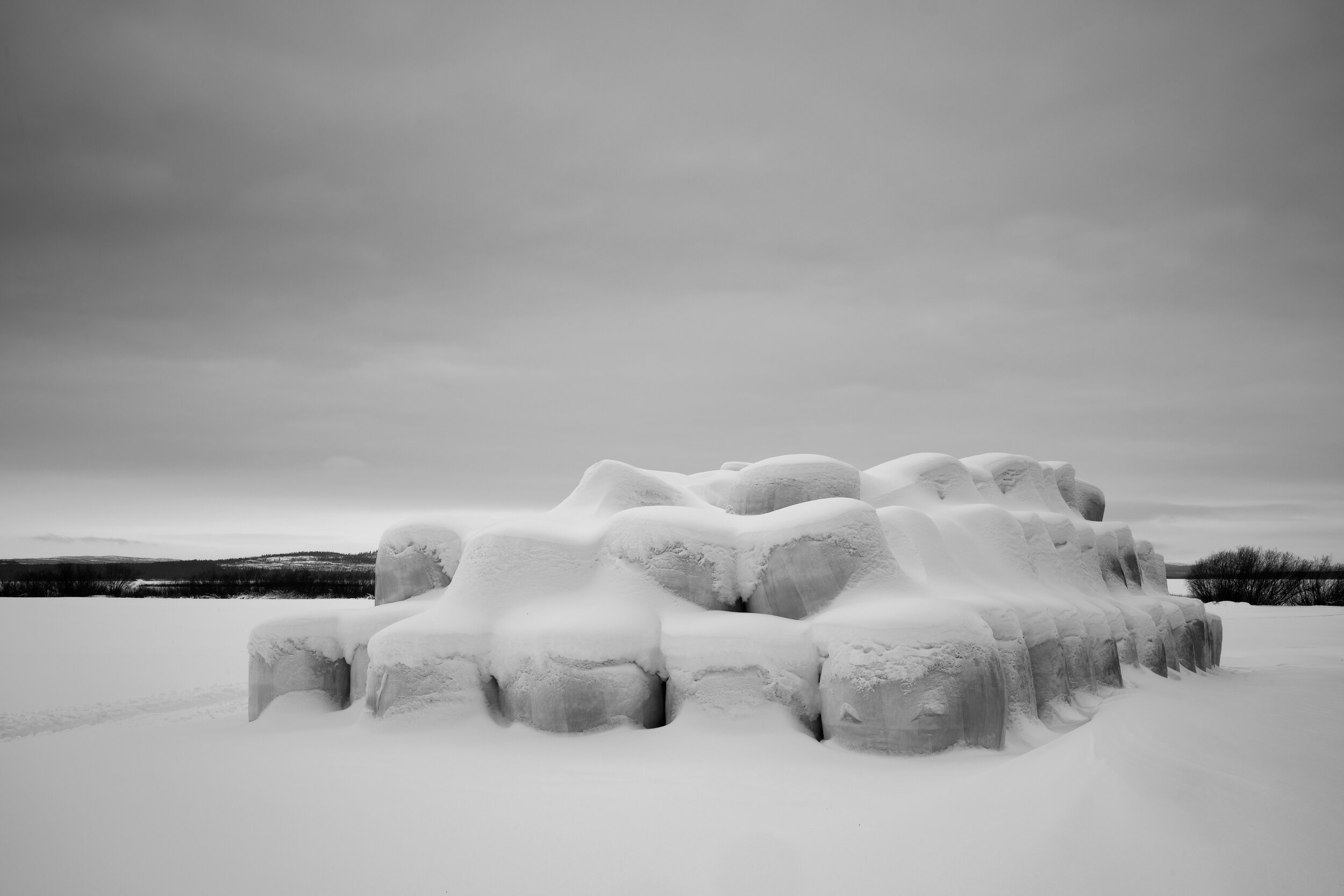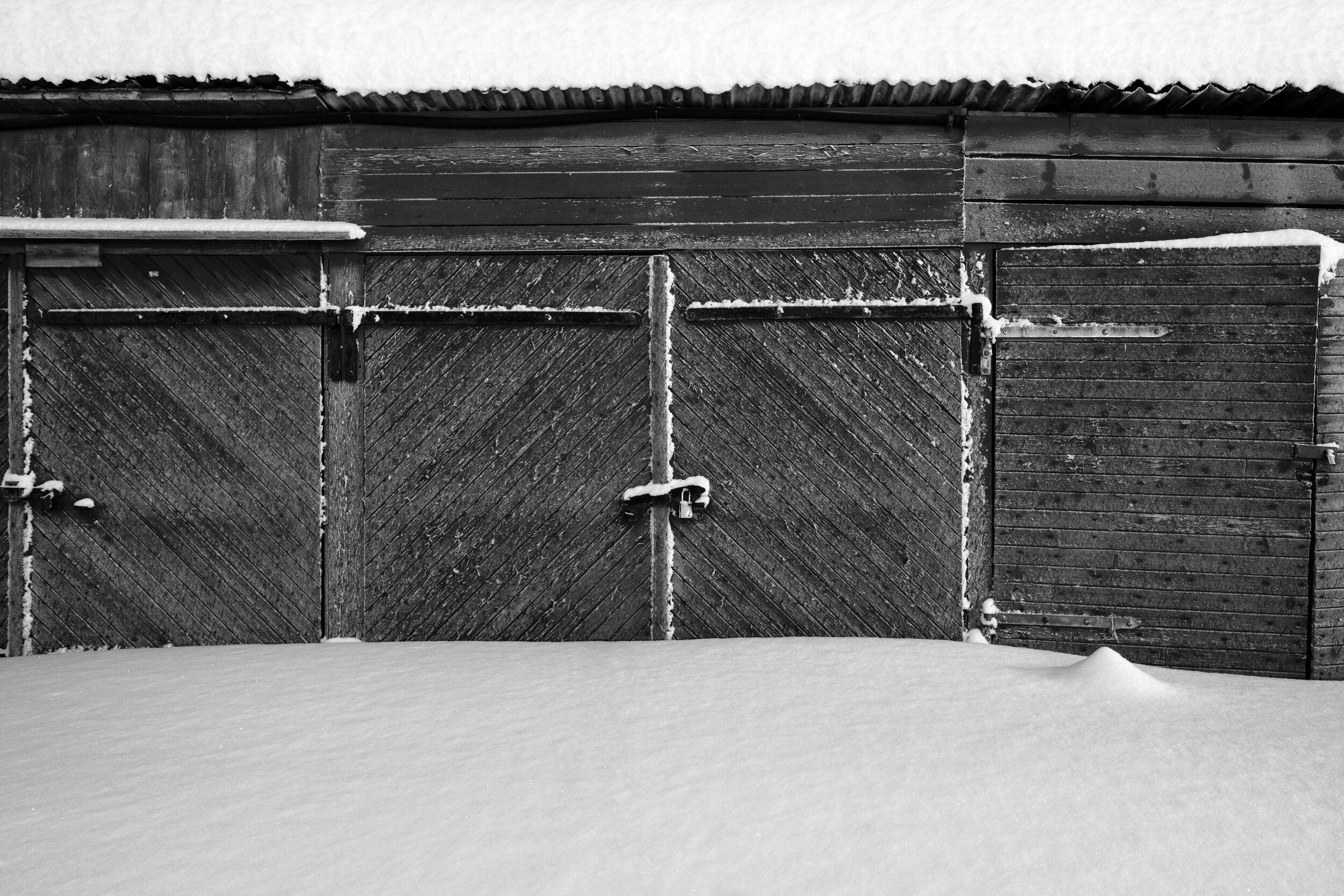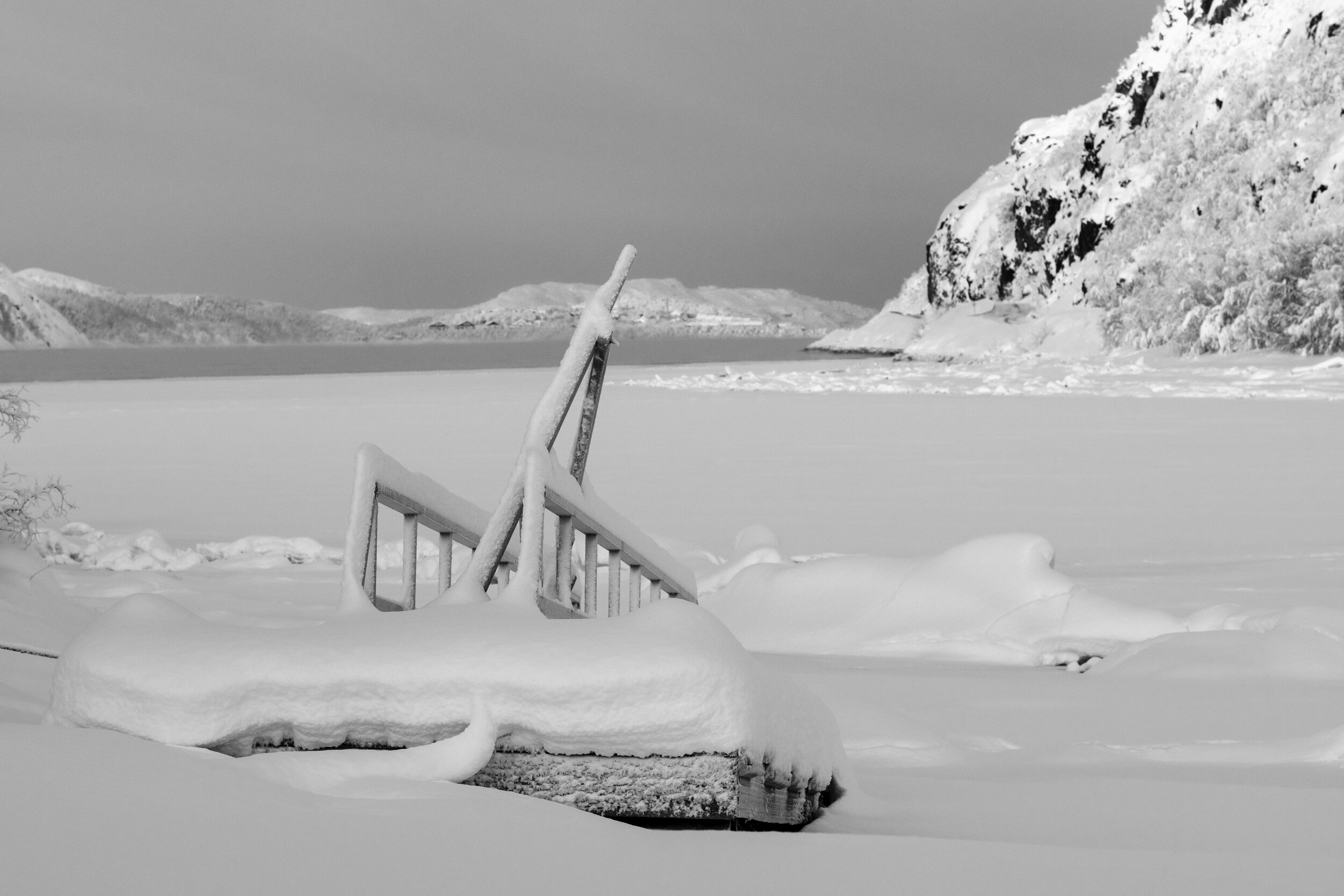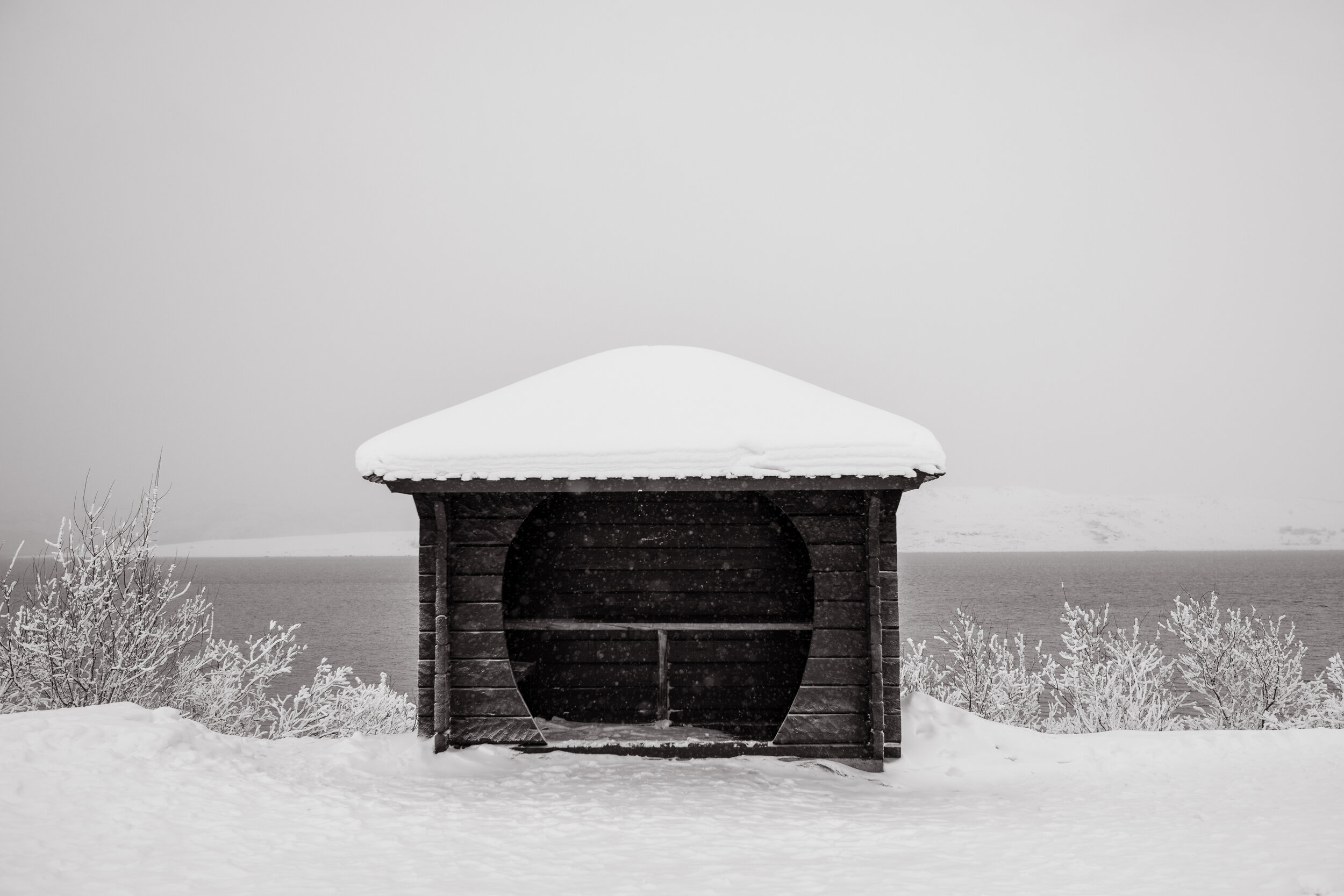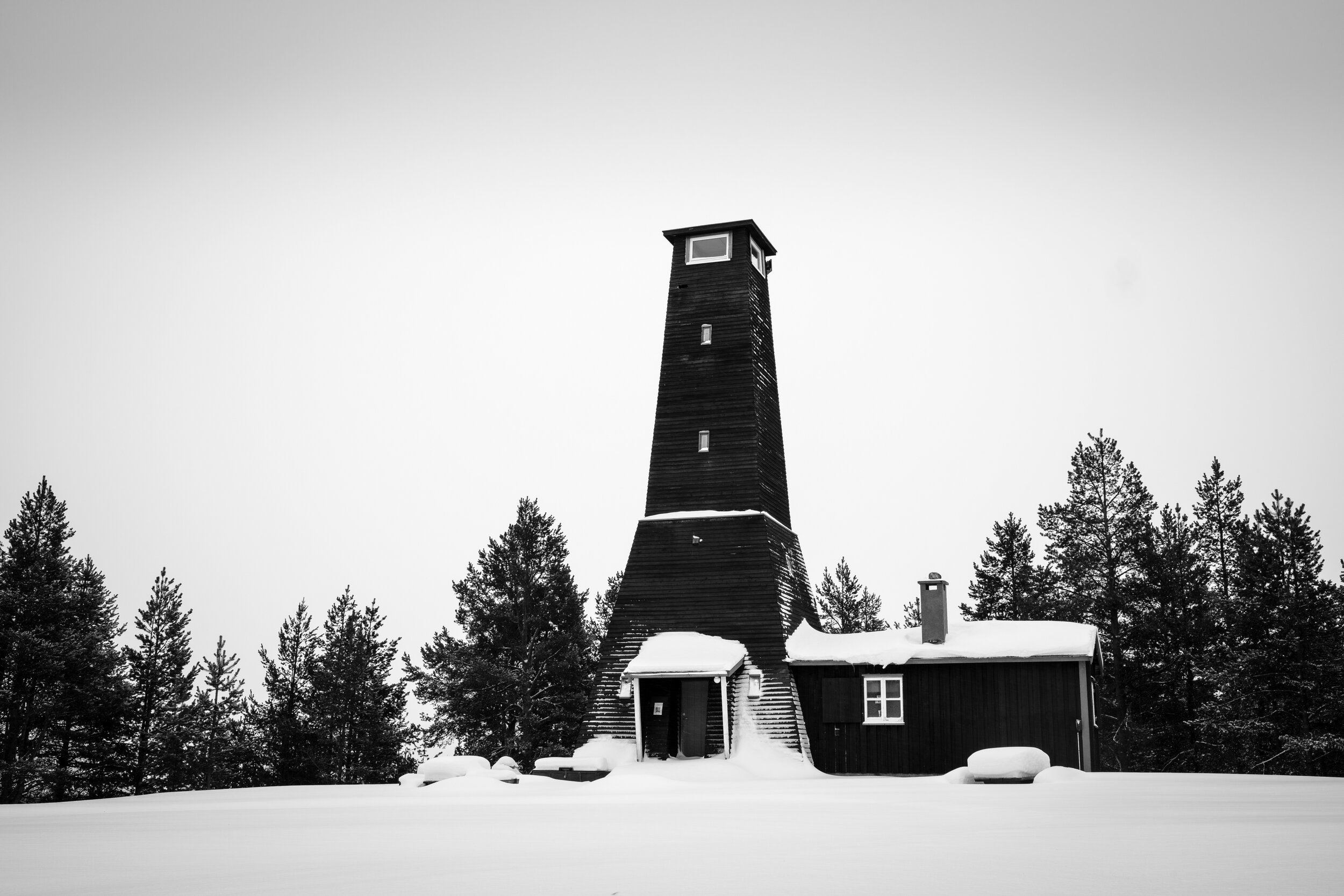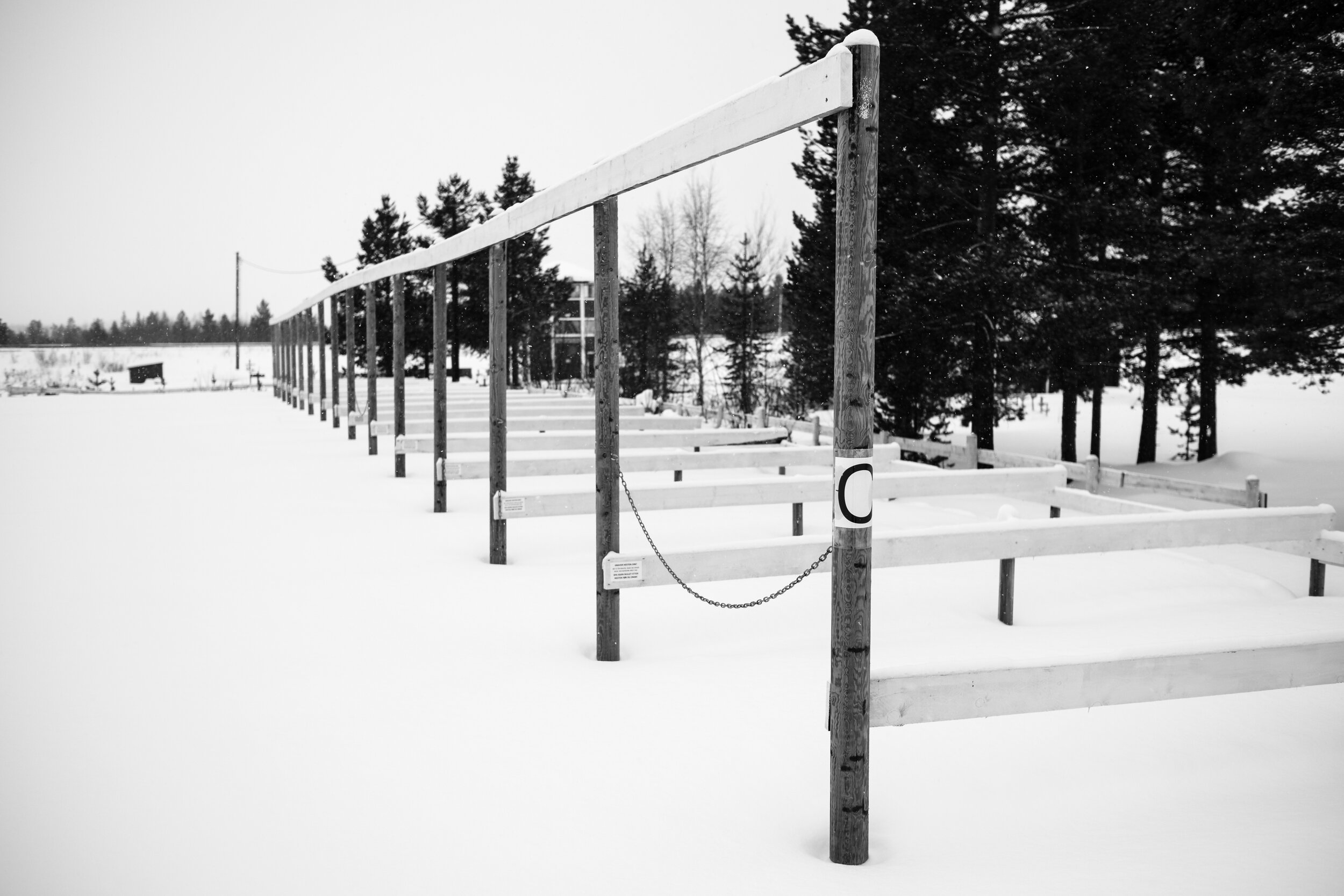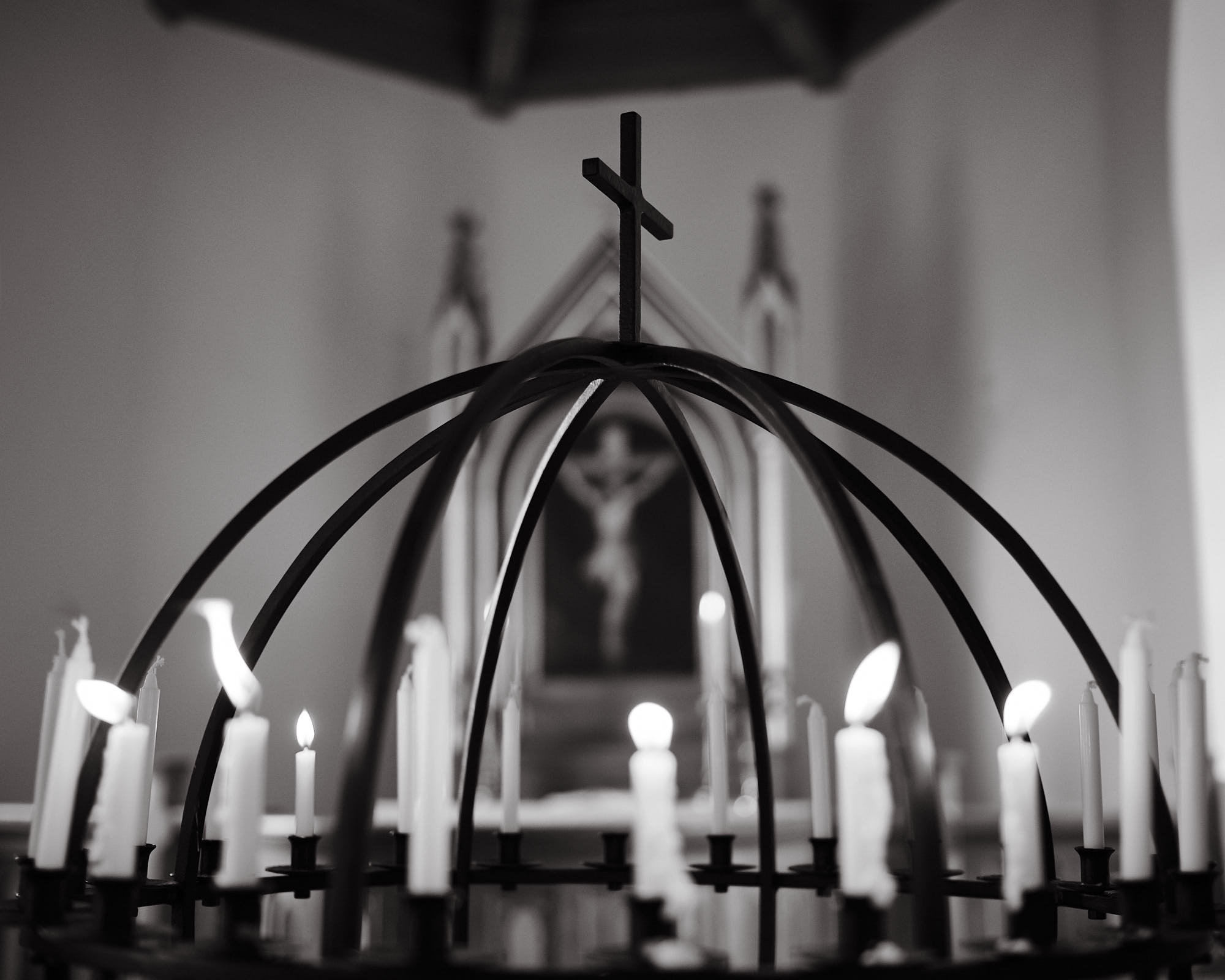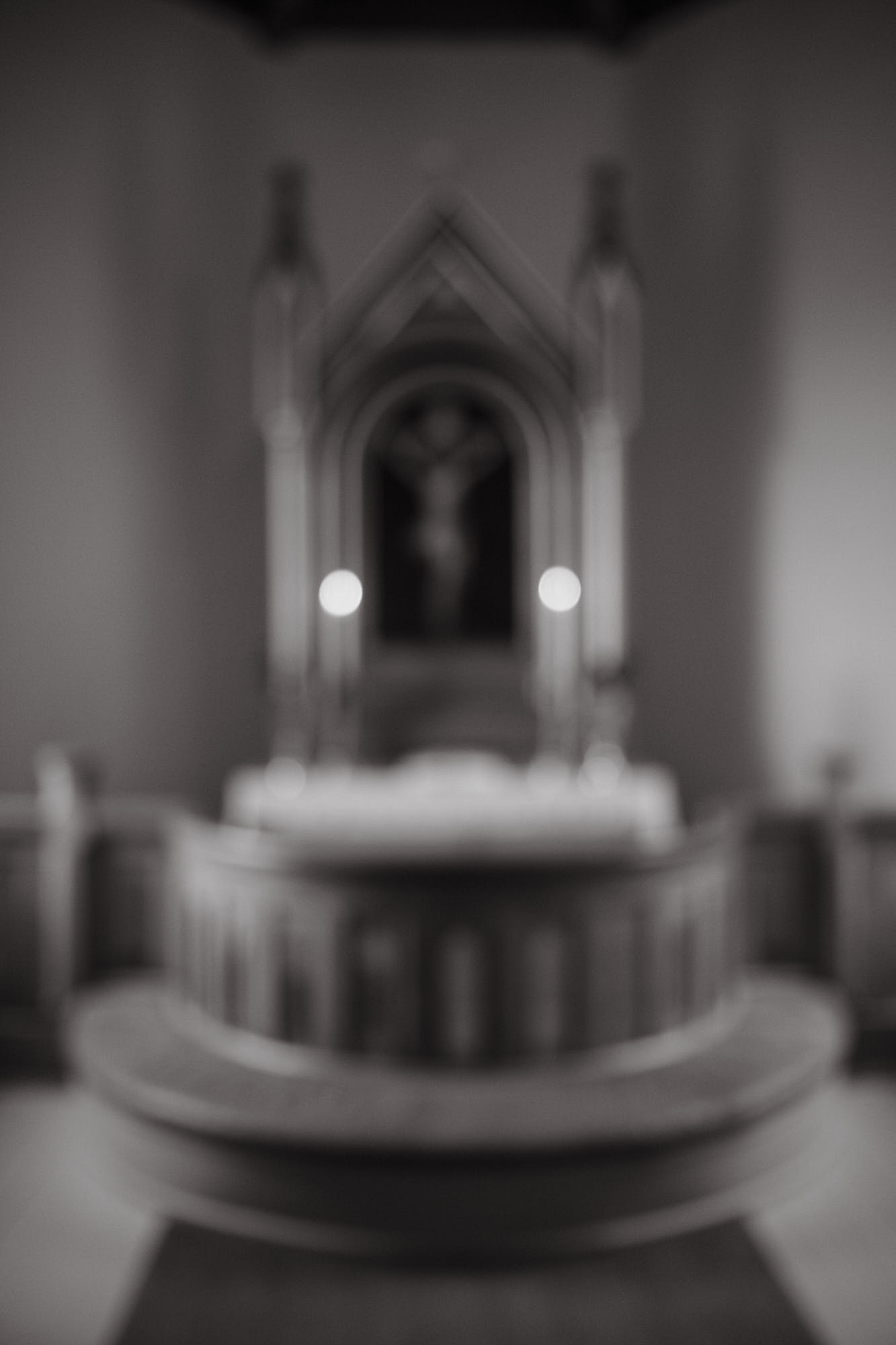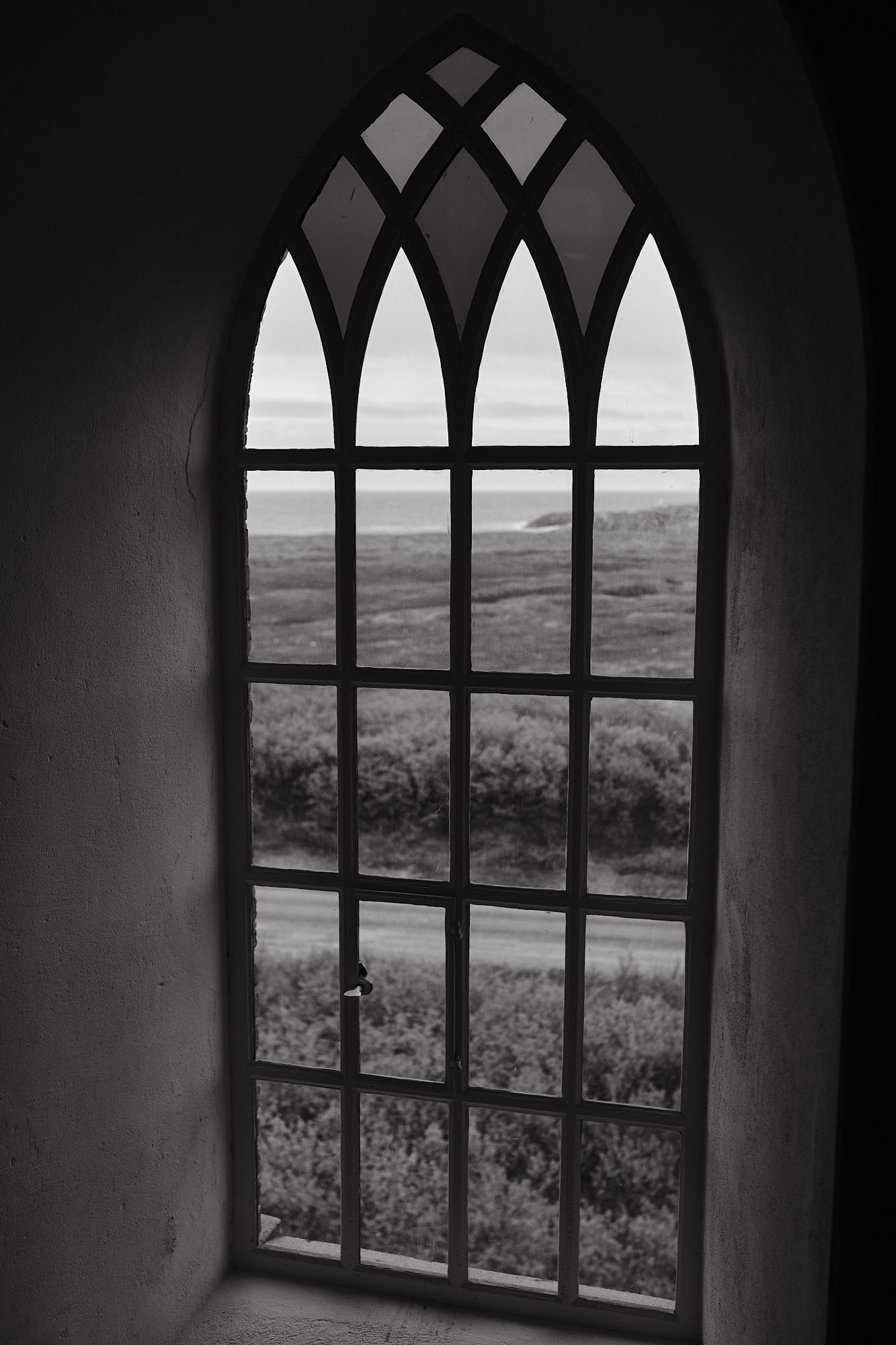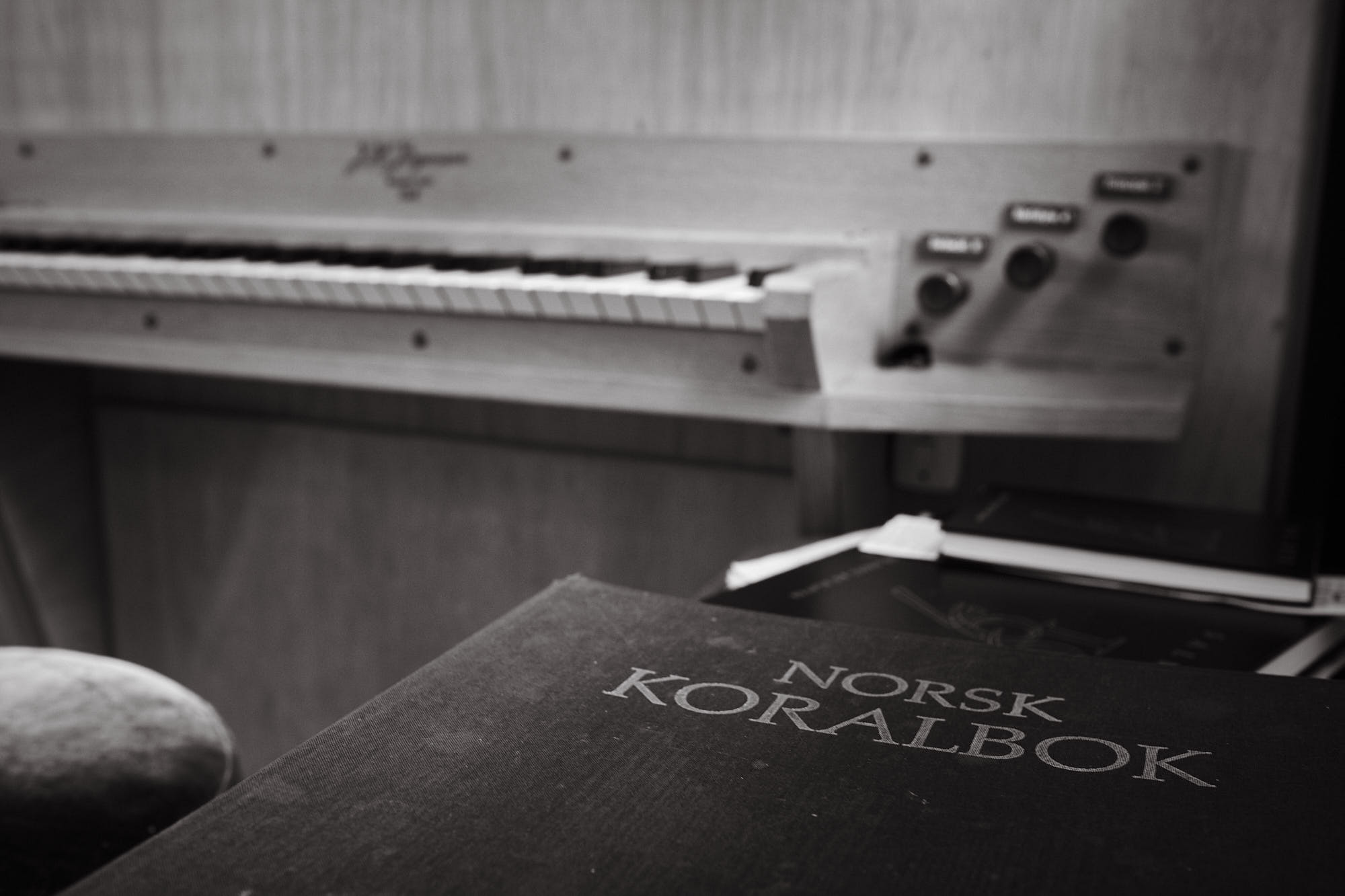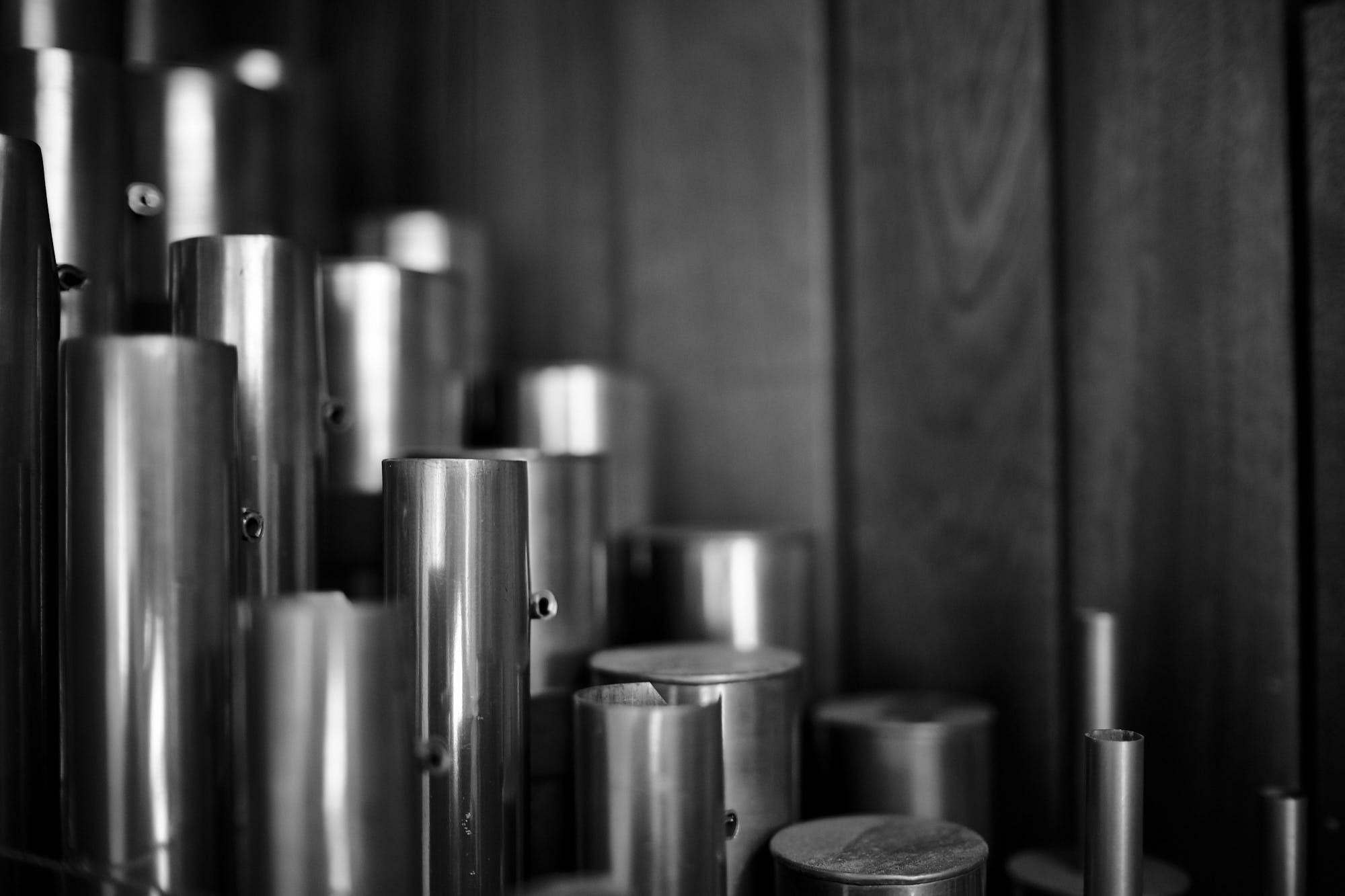While I have done quite some northern lights photography, I have never tried to photograph any meteors. When I recently read about the Geminid meteor shower, I had to take a try at this.
I wanted to do this before, but either had no time or bad luck with the weather. The conditions were not perfect this time either, but at least we had about one hour of good visibility towards the stars.
I set up my tripod and took long exposures of the night sky of about 25 seconds. Since you cannot predict precisely where the meteors will show, I simply took many images and hoped to “catch” a meteor. The image above is actually the only one where I managed to do this, you can see the meteor in the center right. I saw many more meteors this night, but it wasn’t that easy to get on camera.
Considering it was the first time, I think it’s a good result! I will definitely try this again.
